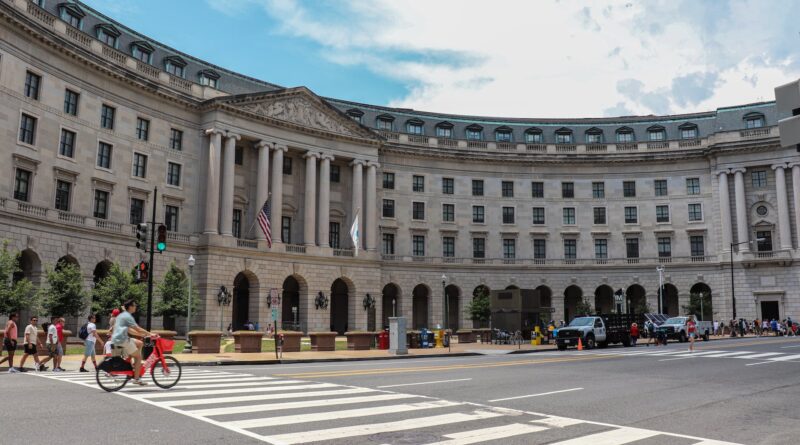Unraveling the Regulation and Legality of Cannabis in Washington State
In 2012, Washington State became one of the first jurisdictions in the world to legalize cannabis for adult use, a landmark decision marking a significant shift in the United States’ cannabis policy. While cannabis legalization has been broadly successful, navigating the complex regulatory landscape remains a challenge for both entrepreneurs and consumers of cannabis alike.
The initial challenge came in the form of I-502, the legal initiative promoting the legalization of recreational marijuana in Washington State. Under this policy, the state allowed the operation of licensed cannabis businesses, framed strict marijuana regulations, and implemented various marijuana taxes. Despite these legislative steps, transforming illegal cannabis industry into a regulated market was no easy feat.
While the initiative legalized recreational marijuana, it did not alter the legality of medical marijuana, which had been legal in Washington since 1998. This resulted in a division between the two, with each sector having its own unique laws and regulations. The two systems coexisted until 2015, when the state passed the Cannabis Patient Protection Act, merging the medical marijuana market into the same regulatory framework as recreational cannabis.
One of the unique legislative features of Washington’s cannabis laws is its strict rules on marijuana establishments. According to cannabis legislation, Washington State does not allow home cultivation of recreational marijuana – a notable contrast to the majority of states that have legalized recreational use. However, patients who register under Washington’s medical marijuana program are allowed to grow a restricted amount at home, for personal use.
Furthermore, recreational marijuana businesses face strict zoning regulations. Cannabis establishments cannot be located within 1,000 feet of any elementary or secondary school, playground, recreational center, child care center, public park, public transit center, library, or arcade with admission allowed to those under 21 years of age.
The state also imposes strict regulations surrounding advertising. Cannabis advertising must not appeal to children, cannot contain any claims of therapeutic or curative effects, cannot display the use of marijuana, and must not display any pricing information. The rules on advertising are more strict than those placed on the alcohol industry, signifying the state’s attempt to control the potential for abuse.
The taxation structure is another notable facet of Washington State’s cannabis policy. The cannabis laws in Washington feature a 37% excise tax on cannabis, which is in addition to usual state and local sales taxes. The resulting high costs are often seen as a deterrent for illicit market activity, as all legal sellers must charge and remit these taxes.
The tax revenue from cannabis sales is allocated for specific uses. After covering administrative costs, the remaining funds are distributed to various health, education, and social services. In 2019, the state reportedly collected over $395 million in legal marijuana income and license fees.
The regulation and legality of cannabis in Washington State is dynamic and complex. Detangling the layers of legislation can be daunting, but it crucial for understanding the framework which governs Washington’s booming cannabis industry. As the landscape continues to evolve, so too does the need for ongoing research and understanding of the cannabis laws, whether you are a consumer, entrepreneur or policy maker.
